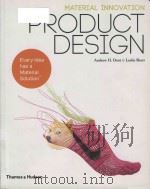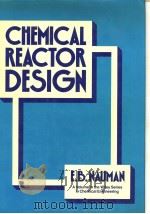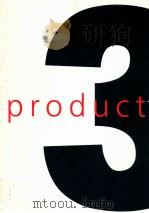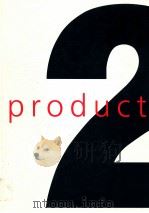《Chemical Product Design》
| 作者 | E.L.Cusslep G.D.Moggridge 编者 |
|---|---|
| 出版 | 未查询到或未知 |
| 参考页数 | 229 |
| 出版时间 | 没有确切时间的资料 目录预览 |
| ISBN号 | 0521796334 — 求助条款 |
| PDF编号 | 811376588(仅供预览,未存储实际文件) |
| 求助格式 | 扫描PDF(若分多册发行,每次仅能受理1册) |
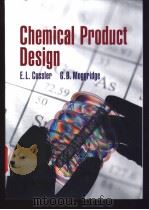
1An Introduction to Chemical Product Design1
1.1 What Is Chcmical Product Design?1
1.2Why Chemical Product Design Is Important3
Changes in the Chemical Industry3
Changes in Employment5
1.3Changes in Corporate Culture6
Corporate Organization7
Corporate Strategy8
1.4The Product Design Procedure8
How the Procedure Organizes this Book9
Limitations of the Procedure9
1.5 Conclusions11
2Needs13
2.1Customer Needs13
Interviewing Customers13
Interpreting Customer Needs15
Example 2.1-1. Better Thermopane Windows16
Example 2.1-2. Alternative Fluids for Deicing Airplanes18
Example 2.1-3. “Smart” Labels20
2.2Consumer Products22
Consumer Assessments23
Consumer versus Instrumental Assessments24
Example 2.2-1. Tasty Chocolate25
Example 2.2-2. The Consumer Attribute “Viscosity”26
2.3Converting Needs to Specifications27
Example 2.3-1. Muffler Design28
Example 2.3-2. Water Purification for the Traveler29
Example 2.3-3. Preventing Explosions in High-Performance Batteries30
2.4Revising Product Specifications33
Example 2.4-1. Deicing Winter Roads34
Example 2.4-2. Scrubbing Nitrogen from Natural Gas38
2.5 Conclusions and the First Gate41
3Ideas43
3.1Human Sources of Ideas44
Sources of Ideas44
Collecting the Ideas45
Problem Solving Styles46
Examples of Unsorted Ideas48
3.2Chemical Sources of Ideas49
Natural Product Screening52
Random Molecular Assembly54
Combinatorial Chemistry55
Example 3.2-1. Fuel Cell Catalysis57
3.3Sorting the Ideas57
Getting Started58
“The Material Will Tell You”58
Example 3.3-1. Adhesives for Wet Metal60
Example 3.3-2. Reusable Laundry Detergents61
Example 3.3-3. Pollution Preventing Ink63
3.4Screening the Ideas64
Strategies for Idea Screening65
Improving the Idea Screening Process66
Example 3.4-1. Home Oxygen Supply68
Example 3.4-2. High-Level Radioactive Waste69
3.5 Conclusions and the Second Gate73
4Selection75
4.1Selection Using Thermodynamics76
Ingredient Substitutions76
Substitutions in Consumer Products77
Ingredient Improvements79
Example 4.1-1. A Better Skin Lotion80
Example 4.1-2. A Pollution Preventing Ink81
Example 4.1-3. Antibiotic Purification81
4.2Selection Using Kinetics82
Chemical Kinetics82
Heat and Mass Transfer Coefficients84
Example 4.2-1. A Device that Allows Wine to Breathe85
Example 4.2-2. A Perfect Coffee Cup87
4.3Less Objective Criteria90
When to Make Subjective Judgments91
How to Make Subjective Judgments92
Why We Use Selection Matrices93
Example 4.3-1. Monarchy Substitution94
Example 4.3-2. The Home Ventilator94
4.4Risk in Product Selection102
Risk Assessment103
Risk Management105
Example 4.4-1. Power for Isolated Homes107
Example 4.4-2. Taking Water out of Milk at the Farm109
4.5 Conclusions and the Third Gate114
5Product Manufacture116
5.1Intellectual Property117
Patents and Trade Secrets118
What Can Be Patented120
Requirements for Patents120
Example 5.1-1. The Invention of the Windsurfer123
5.2Supplying Missing Information123
Reaction Path Strategies124
Example 5.2-1. Synthesis of the Tranquilizer, Phenoglycodol125
Example 5.2-2. Sterically Hindered Amines for CO2 Removal from Gases125
Example 5.2-3. Silver Bullets for Zebra Mussels127
5.3Final Specifications128
Product Structure129
Central Product Attributes130
Chemical Triggers130
Example 5.3-1. Freon-Free Foam131
Example 5.3-2. Better Blood Oxygenators134
5.4Microstructured Products137
Thermodynamics139
Colloid Stability141
Rheology and Mixing144
Example 5.4-1. Destabilizing Latex Paint146
Example 5.4-2. Making More Ice Cream147
5.5Device Manufacture148
Thermodynamics148
Enzyme Kinetics150
Example 5.5-1. An Electrode for Measuring Dodecyl Sulfate151
Example 5.5-2. Designing an Osmotic Pump152
5.6 Conclusions154
6Specialty Chemical Manufacture156
6.1First Steps Toward Production157
Extending Laboratory Results158
Reaction Engineering160
Example 6.1-1. Penicillin Modification160
Example 6.1-2. Etching a Photoresist161
6.2Separations162
Heuristics for Separations163
The Most Useful Separations166
Example 6.2-1. Penicillin Purification176
6.3Spccialty Scale-Up177
Reactor Scale-Up178
Separation Scale-Up181
Example 6.3-1. Reacting Suspended Steroids185
Example 6.3-2. Scaling Up a Lincomycin Adsorption185
6.4 Conclusions187
7Economic Concerns189
7.1Product versus Process Design190
Commodity Products191
Specialty Products192
7.2Process Economics193
A Hierarchy of Process Design193
Economic Potential196
Capital Requirements198
7.3Economics for Products200
Cash Flow Without the Time Value of Money202
Cash Flow Including the Time Value of Money204
Time To Market206
Example 7.3-1. The Economics of Scottish Mussel Farming207
7.4 Conclusions and the Fourth Gate208
Problems211
Index227
Products Index229
《Chemical Product Design》由于是年代较久的资料都绝版了,几乎不可能购买到实物。如果大家为了学习确实需要,可向博主求助其电子版PDF文件。对合法合规的求助,我会当即受理并将下载地址发送给你。
高度相关资料
-
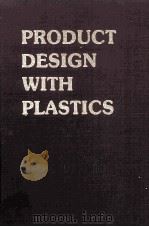
- PRODUCT DESIGN WITH PLASTICS:A PRACTICAL MANUAL
- 1983 INDUSTRIAL PRESS INC
-

- APPLIED CHEMICAL PROCESS DESIGN
- 1978 PLENUM PRESS
-
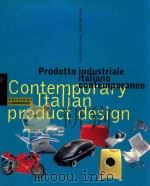
- PRODOTTO INDUSTRIALE ITALIAO CONTEMPORANEO CONTEMPORARY ITALIAN PRODUCT DESIGN
- 1999 EDIZIONI L'ARCHIVOLTO
-
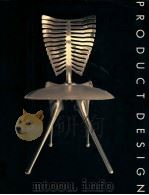
- Graphis product design 2
- 1997 Graphis Inc.
-
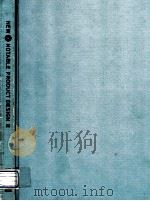
- NEW+NOTABLE PRODUCT DESIGN II
- 1995 POCKPORT PUBLISHERS
-
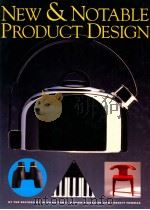
- New and notable product design
- 1991 Rockport Pub.
-
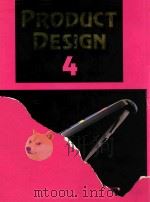
- Product design 4
- 1990 Library of Applied Design
-
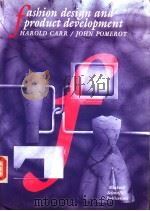
- FASHION DESIGN AND PRODUCT DEVELOPMENT CARR/POMEROR
- 1992 BLACKWELL SCIENTIFIC PUBLICATIONS
-
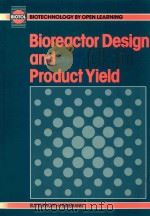
- Bioreactor design and product yield
- 1992 Butterworth-Heinemann
-
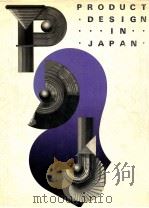
- Product Design in Japan
- 1990 Rikuyo-Sha PublishingDigital Manga Publishing [Distributor]
-
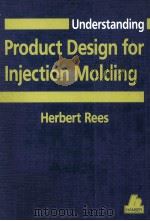
- Understanding Product Design for Injection Molding
- 1996 Hanser Publishers
提示:百度云已更名为百度网盘(百度盘),天翼云盘、微盘下载地址……暂未提供。➥ PDF文字可复制化或转WORD
